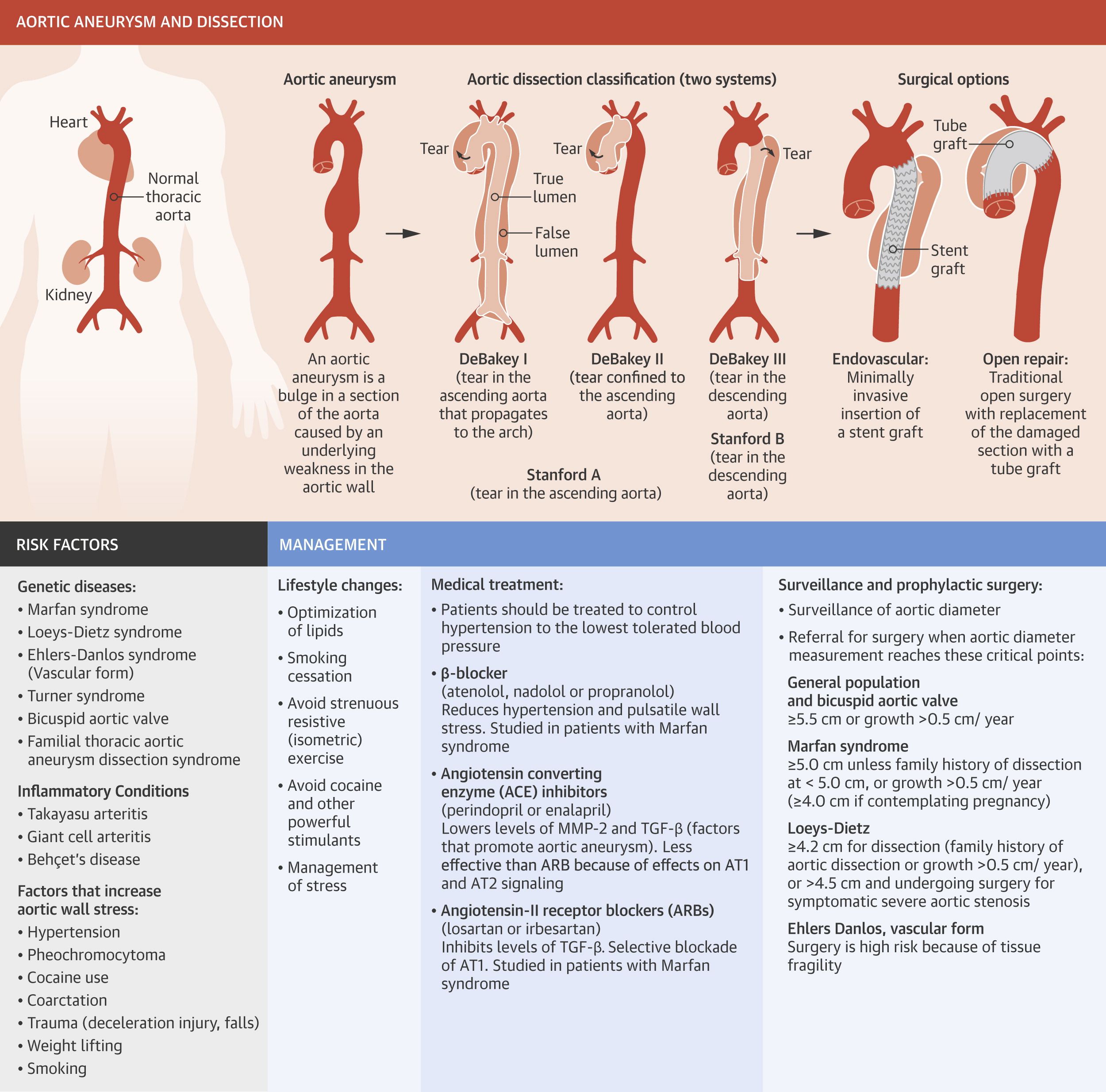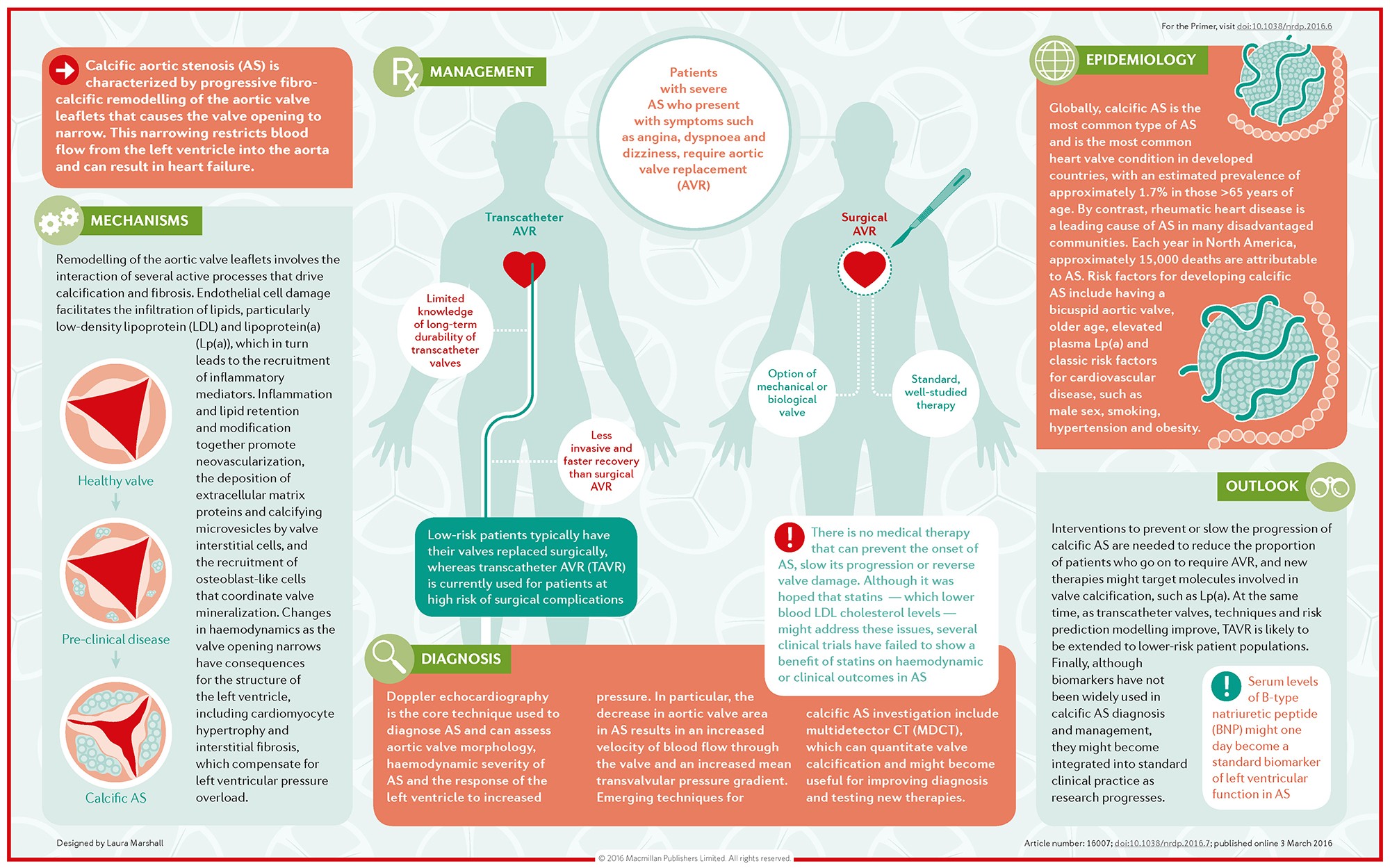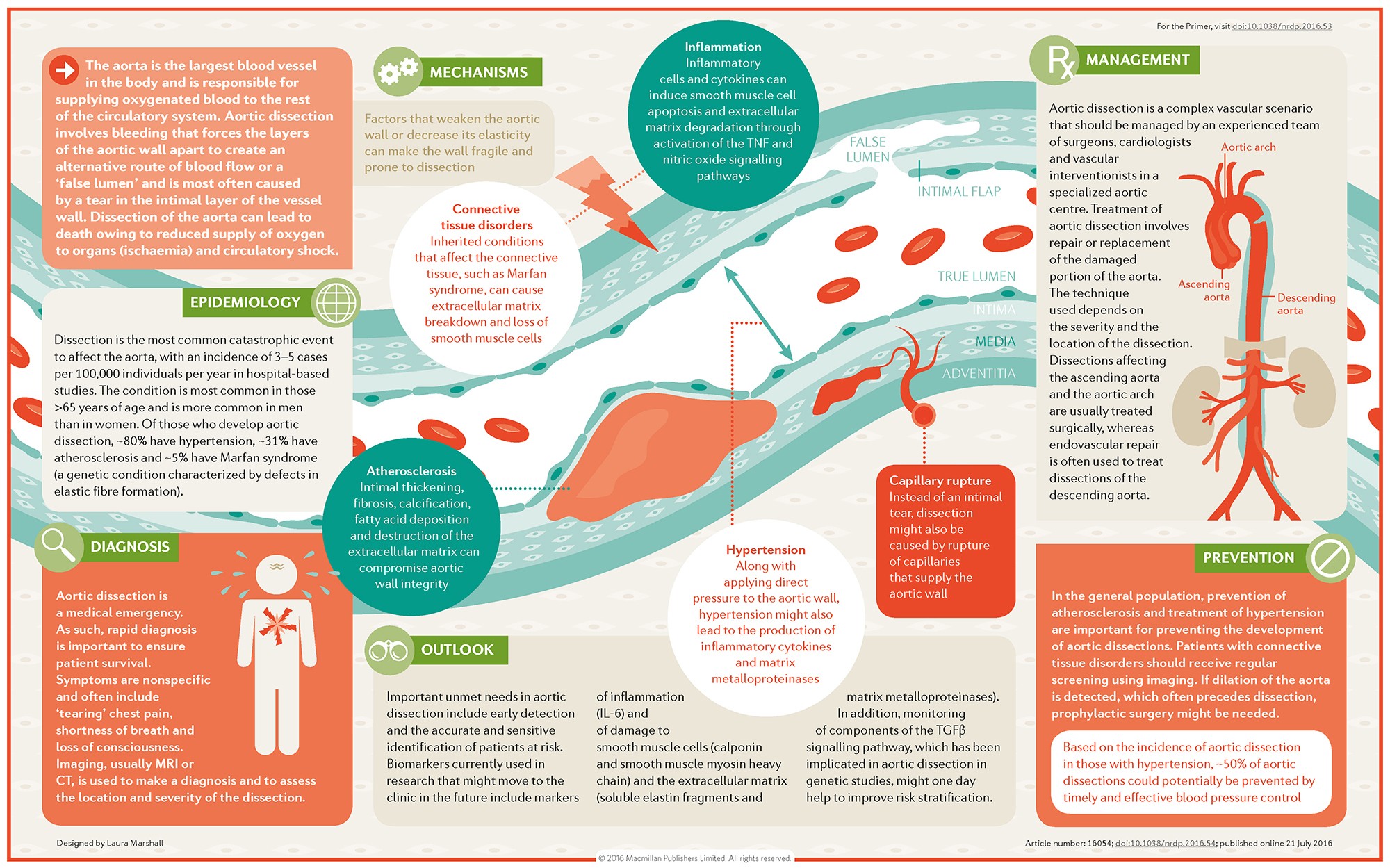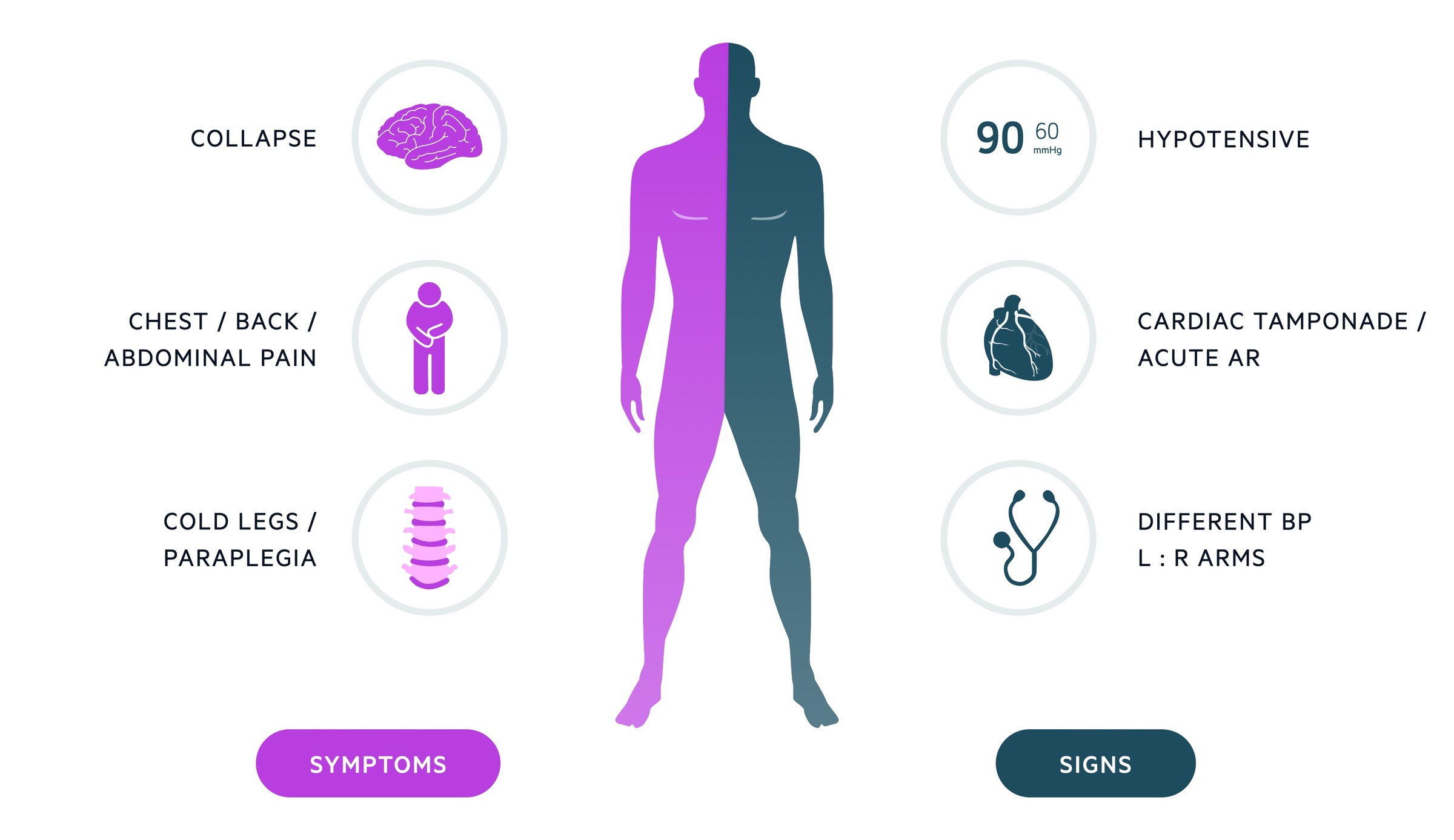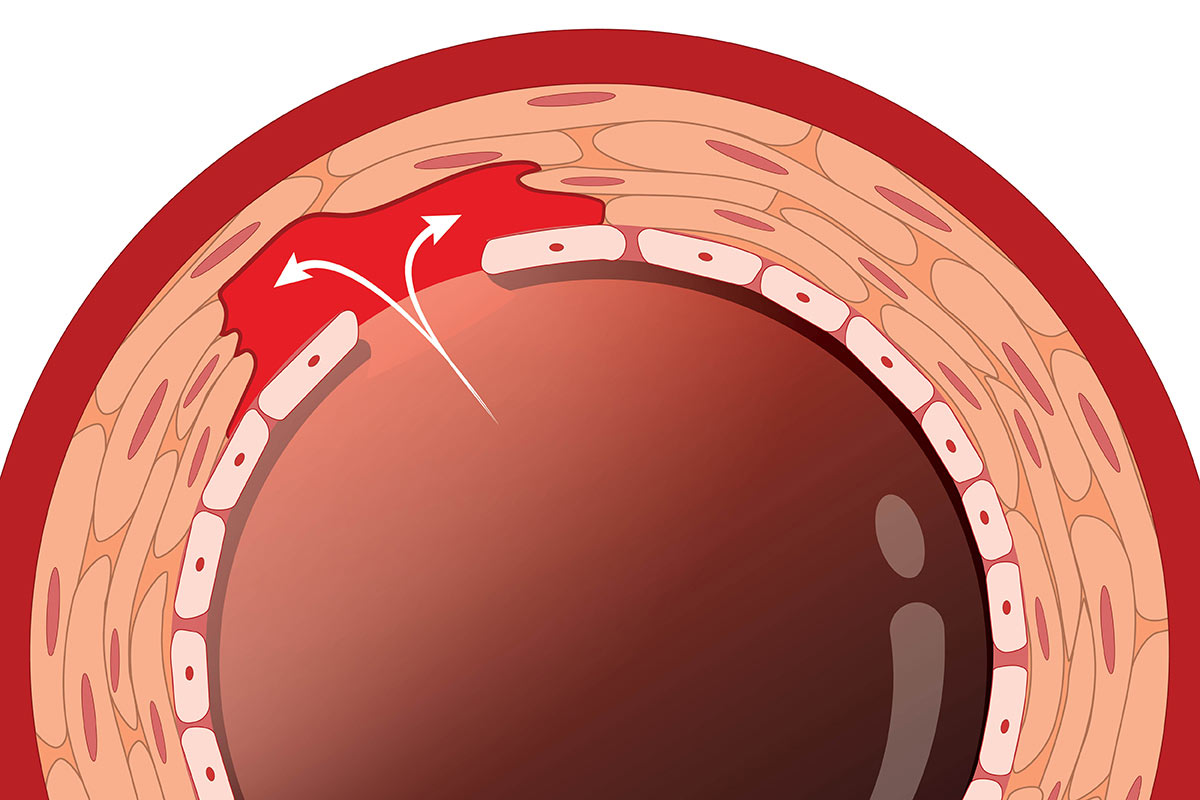
What is aortic dissection?
Aortic dissection is a rare but very dangerous condition where there is a tear in the aorta, the large blood vessel that runs from the heart to the rest of the body. If you have symptoms that include a sudden, severe pain in your chest or upper back, call triple zero (000) straight away and ask for an ambulance.
The aorta is a blood vessel about the thickness of a garden hose that carries blood from the heart through the centre of the chest and into the abdomen.
Aortic dissection is where there is a tear in the innermost wall of the aorta. The layers of the wall come apart and blood surges in between. This is called dissection. It can cause the aorta to rupture (burst) and affect how much oxygen is delivered to the body’s organs.
Aortic dissection is often fatal, but it is rare. The sooner it’s diagnosed and treated, the higher the chances of survival. It happens most often to men aged in their 60s and 70s.
There are 2 types of aortic dissection:
- Type A: The tear is in the upper part of the aorta. This is the most common and most dangerous type.
- Type B: The tear is in the lower part of the aorta.
What are the symptoms of aortic dissection?
The main symptom of aortic dissection is a sudden, excruciating pain in your chest, upper back or abdomen. The pain feels sharp, ripping, stabbing or tearing and it might also spread into your jaw or down your neck or back.
Other possible symptoms include:
- losing consciousness
- breathlessness
- feeling weak, numb or tingly on one side, like a stroke
- a pulse that is weaker on one side of your body than on the other
- the pulse on one side of your body is weaker than on the other
- pain or paralysis in your leg, or difficulty walking
- being very pale and sweaty
- trouble swallowing
- vomiting
What causes aortic dissection?
Aortic dissection occurs because an area of the aortic wall is weak. This can happen due to high blood pressure, an injury, or because you are born with a weakness. In rare cases, aortic dissection can be caused by using cocaine, having an infection, or weightlifting.
What are the risk factors of aortic dissection?
You are more at risk if you have uncontrolled high blood pressure, hardening of the arteries, an aortic aneurysm, you have had heart surgery, or you were born with a defect in the aorta or aortic valve.
People with some genetic conditions are also at higher risk. These conditions include Turner syndrome and connective tissue disorders including Marfan syndrome and Ehlers-Danlos syndrome.
Smoking and using cocaine can also increase the risk.
How is aortic dissection diagnosed?
Aortic dissection is often confused with other heart conditions, such as a heart attack, so your doctor will run tests to rule out other causes of your symptoms. In hospital, you will be examined and may have a series of tests that include an angiogram, x-ray, MRI, CT, ultrasound, echocardiogram or transoesophageal echocardiogram (TOE).
How is aortic dissection treated?
Treatment depends on which part of the aorta is affected. It can involve surgery and medicines to lower the blood pressure and reduce the heart rate. Some people need an aortic valve replacement or a coronary bypass.
If you have an aortic dissection, you may need to keep taking blood pressure medicine for the rest of your life and you will need regular checks with your doctor.
Can aortic dissection be prevented?
Look after your heart by leading a healthy lifestyle. Give up smoking, manage your blood pressure and diabetes if you have it, stay physically active and keep to a healthy weight.
It is important to follow your doctor’s advice if you have an aortic aneurysm, a genetic condition that increases your risk of aortic dissection, or if you have a family history of the condition.
